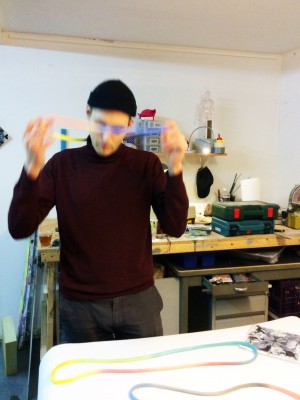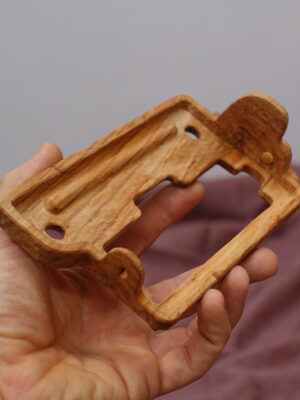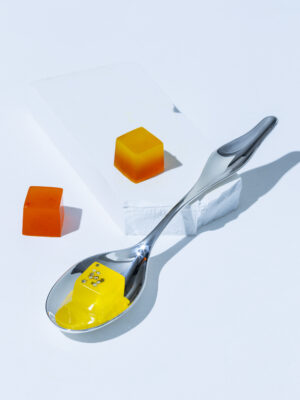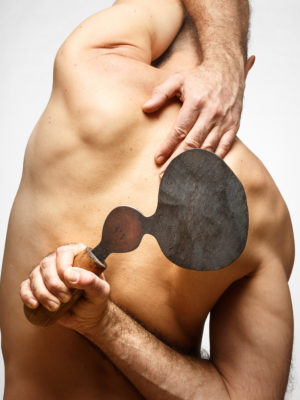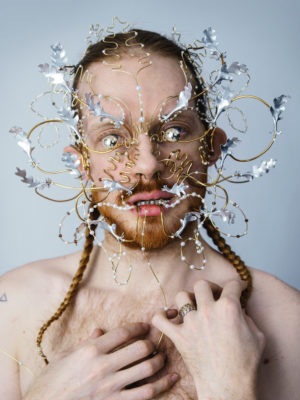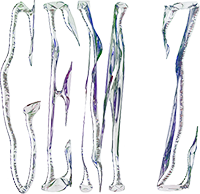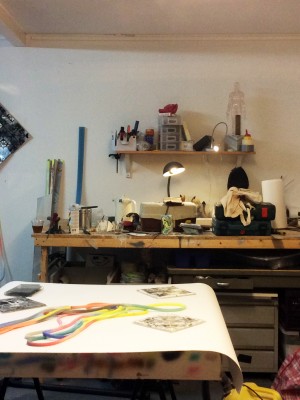
CO:
You’ve graduated in Jewellery Design and your first body of work was a collection of jewellery. Since then you’ve moved on to sculpture and installation. What are the aspects of these disciplines you find exciting?
BdB:
Some of my first works were indeed wearable, but somehow they were never really meant to purely adorn a human being. I always divided my smaller works in groups as if they belonged to a family. Within those families a certain hierarchy becomes visible, like you often see with objects being displayed in natural historic museums worldwide. Objects there in the large vitrines and cabinets are being ranked by how they are being presented and in what order. I like this conscious classification because it creates tension between individual objects and often it seems to be done for reasons unknown to the observer. For me, my jewellery pieces always have been a part of a larger unity. And only as families, displayed as a part of an installation, they were able to communicate to the audience. So, in fact, I always have been making installations. However it is relatively new to me to work on a much larger scale. The works as individuals have become increasingly larger over the last 2 years and their autonomy more present and explicit. Also the space that surrounds them, and how to adjust, interfere and use it, started to take on an substantial role and influence my practice more and more. I guess this is exactly what I find most interesting in the disciplines of sculpture and installation – the ability to influence the space according to an idea or vision and work free of functionality.
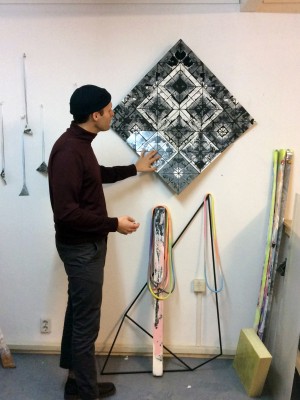
CO:
Do you still see your work on the border between disciplines? And if so, do you feel comfortable there?
BdB:
Sometimes I do, sometimes I don’t. For my presentation during Unfair Amsterdam I made very specific choices on the topic of disciplines that were crucial to the character of the presentation. Now for Current Obsession Im working in different disciplines. I made painting-like wall pieces, necklaces, and an installation existing of wearable ropes. I feel most comfortable manoeuvring freely in-between the disciplines.
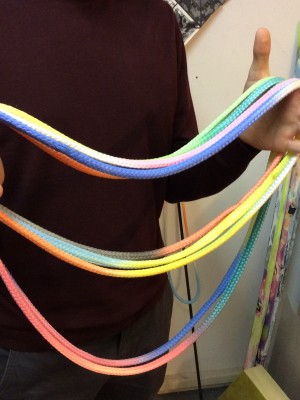
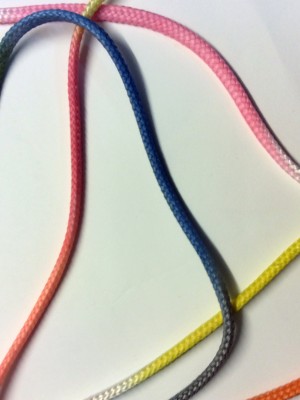
CO:
Recently your latest work was Lord or Lords was presented during Unfair Amsterdam. Can you talk about the ideas behind it?
BdB:
The title ‘Lord’ according to Wikipedia: Lord is traditionally an appellation for a person or deity who has authority, control, or power over others; a master, chief, or ruler. ‘Lord of the Lord’ is referring to a higher power which by the title itself is exaggerating and ridiculing itself. I used the space to create an altar-like place in which I positioned 3 large wall pieces surrounded by objects such a fruits, laying loosely around on the floor. Two of the wall pieces were made from resin casted tiles that displayed an almost prefect symmetric pattern. The wall pieces were shaped like a rhombus, but cut in two so they also showed the shape of a delta fighter-jet.
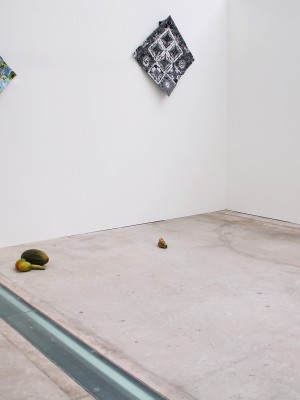
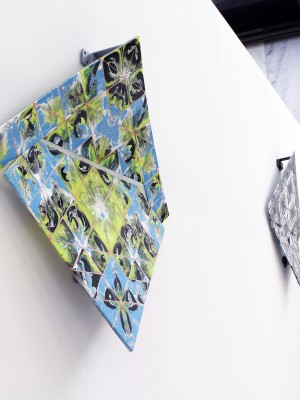
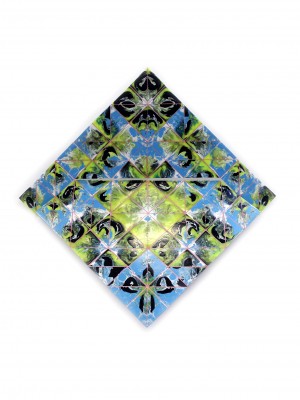
The other wall piece resembled an upside down diamond shape, which was also made from casted resin but included inscriptions on its surface. The kind of inscriptions that remind of the ones teenagers make on their school bench or toilet door. These inscriptions were sometimes clearly recognisable as man-made, yet sometimes they seem to be from an other origin. This constellation of objects, by means of its placement reminds strongly of traditional presentation methods used in the arts from an early stage. Especially within the traditional discipline of painting. However the use of material, craftsmanship, symbolism and domestic versus aggressive quality of the objects suggests something entirely different. On the one hand i used craftsmanship and tradition to emphasise and criticise certain tendencies, trends and in our cultural climate today. On the other hand I used both fictional as well as existing symbolism to put the viewer on an entirely different track. ‘Lord of the Lord’ embodied two extremes, I guess, one is questioning the relevance of craft and tradition in art, today, the other is of a satirical and enigmatic nature. It’s also not my intention to fill in all the symbolic indications as some of them are for the beholder to give meaning to.
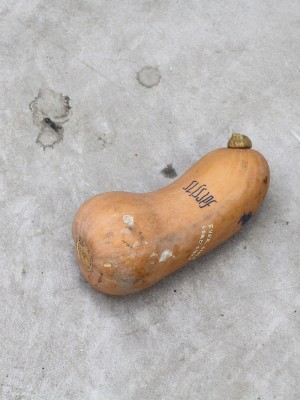
CO:
In the joint project with CO you’ve produced a photographic series in collaboration with Lonneke van der Palen for the editorial inside the magazine, as well as series of limited edition jewellery. Can you tell a bit more about the project?
BdB:
I liked the idea of working on a series of wearable pieces since I haven’t been doing that for a while. I have been working more often with Lonneke and it has always a been a great experience. For this editorial I invited Lonneke to take care not only of the photography, but to really get involved in the actual making and thinking process behind the pieces. And so we worked together in the early developmental stage and got our hands dirty. The actual outcome of the pieces is partly based on the things I’ve worked on with Lonneke, but over time they also changed a lot and got influenced by other projects. The works that are on display during the upcoming exhibition at Subbacultcha wil be a mixture of things all originating from different stages in time.
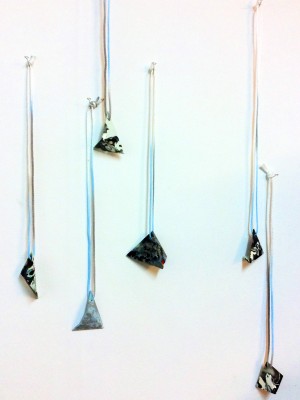
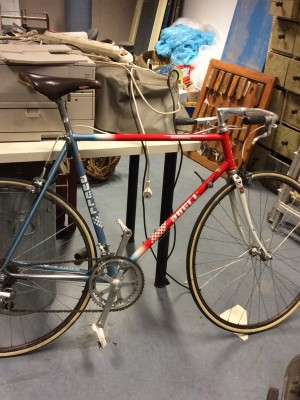
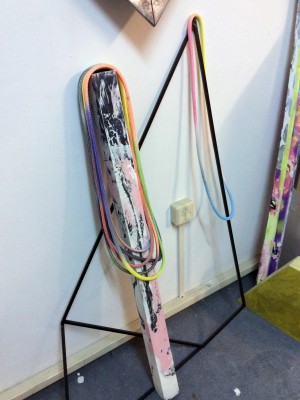
See more of Boris’ work here.
